Career Booster North America: Interviews with German researchers in the USA and Canada
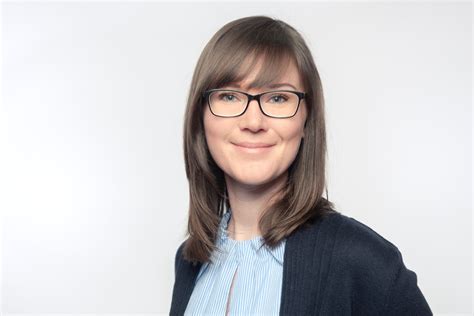
Dr. Sarah Grasedieck
© Privat
(30.01.23) Through its research fellowship program and Walter Benjamin Fellowship, the DFG supports early-career academics by funding an independent research project abroad and, since 2019, in Germany too. Many of these fellowships are taken up in the USA and Canada. In this series of talks, we aim to give you an impression of the range of DFG funding recipients. In this edition, let’s take a look at who is behind funding number GR 5608.
DFG: Dr. Grasedieck, thank you very much for taking the time to talk to the DFG Office North America. You were born in Frankfurt an der Oder, and one unusual feature of your curriculum vitae is that you went into science after having previously completed a vocational training in the hotel trade. Would you like to share some of your story with us?
Sarah Grasedieck (SG): I’ll be glad to! But first, I would like to express my sincere gratitude to the DFG for my fellowship, which is allowing me to afford doing a postdoc here in Canada. My route into academia was indeed not exactly straightforward. Although my parents are both graduate engineers and I spent the first years of my life with my mum in a student dorm, I didn’t actually grow up in an “academic environment” as such: during my highschool time in Potsdam, if someone called you a “student” then it was safe to assume it was not meant as a compliment. I then attended a private secondary school with a focus on religion, music and classical languages, and somehow I never quite fit in. With 17, when I reached the 11th grade, I made an off-the-cuff decision: I left my home town and higher education behind and started a vocational training program in a family-owned hotel in Southern Germany.
DFG: Rather than choosing something like Hotel Sanssouci or Cecilienhof in Potsdam, you went to train in Ettal in the district of Garmisch-Partenkirchen in Bavaria. Were you trying to get as far away from home as possible?
SG: Essentially, yes. When my family moved to Potsdam shortly after the German reunification, my parents both found work in Berlin and had a long commute – they taught me how to take care of myself and to be independent from a very early age. It appears whereas most children outgrow the “I can do this on my own” phase at some point, I never did. So, I quite naively found myself on the doorstep of the Blaue Gams Hotel with a few suitcases and about to start a new job in a foreign environment while being entirely ignorant of the Bavarian way of life – I didn’t even know that there was such a thing as a Bavarian dialect. Out of necessity, I quickly overcame my lack of interest in learning languages and after three years of training and learning to love the Bavarian people and culture, saying Grüß Gott and Pfiat Di came absolutely naturally to me.
DFG: What was your day-to-day routine like at the hotel – or to put it another way, what was your final exam like at the end of your training?
SG: Hotel managers are supposed to be the heart, soul, and brain of a hotel, hence they have to learn how to coordinate diverse work areas including kitchen, room service, reception, restaurant and bar while at the same time keeping an eye on merchandise management and marketing – in a way that satisfies both guests and the annual account statement. In my time, the Bavarian Chamber of Industry and Commerce evaluated trainees in form of a written and a practical exam, the latter involved room service, restaurant/kitchen, bar and reception tasks. A particular focus was placed on simulating situations that involved guest interaction and typically required considerable tact, for example handling complaints. I’m actually a rather shy type of person who tends to blush easily (inherited from mum), but unfortunately I also suffer from occasional bursts of confidence, which lets my humor flare up in inappropriate situations (inherited from dad). Thanks to my time in the hotel business, I learned how to balance these two extremes and I like to think that this really improved my social skills. There were many other transferable skills my apprenticeship has taught me: first of all endurance (12 hour shifts on 6 days a week are normal in the hospitality business), the joy of cooking, learning English by translating the novels guests left behind in their hotel rooms, and lots of other useful things for household and event planning – including 40 different ways to fold napkins. That’s something I’ve been able to impress my son with on occasion.
DFG: One last question on this topic: if you were to mix cocktails for the DFG Executive Board, what would you choose to make?
SG: Mixing cocktails is said to only be possible in direct contact with the person you’re mixing for: there are many more options than just “shaken” or “stirred”. That said ... phew! The last cocktail I mixed was in my practical exam more than 15 years ago! That was a Pina Colada – I might be able to concoct something along those lines that does not taste entirely horrible.
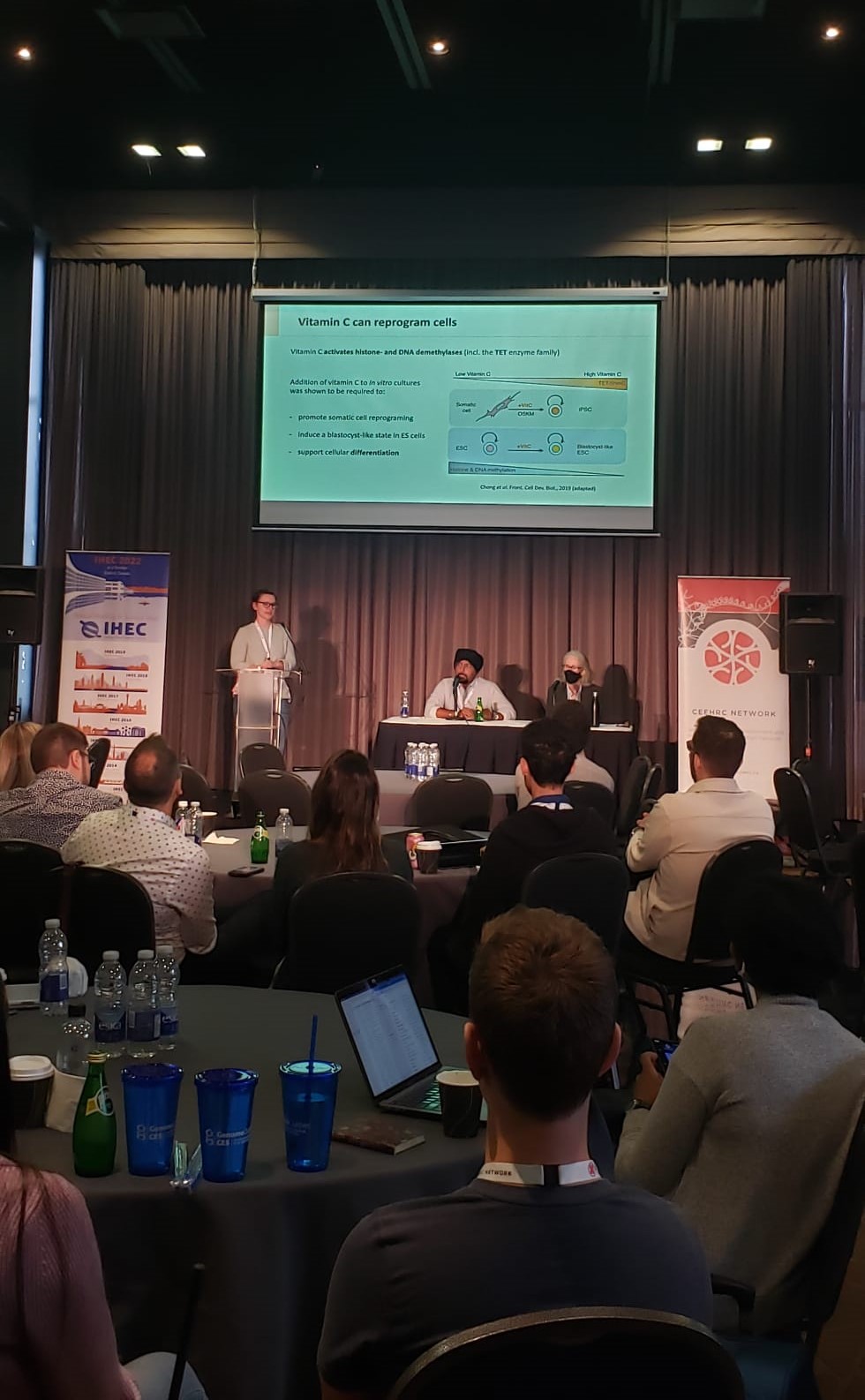
Präsentation auf einer Fachtagung
© Privat
DFG: How did your education continue from there?
SG: I graduated from the Brillat-Savarin Vocational College for Hotel and Catering in Berlin: what I had lost during my time in secondary school, I rediscovered there thanks to my motivated and committed teachers – namely my joy of learning. In addition, I also developed an unexpected passion for chemistry and biology, which was in fact so powerful that I discovered I wanted to study it more deeply. I also really wanted to study in an English curriculum, which was why I decided to apply for the only undergrad program offered entirely in English at the time, being the Applied Biology course at the Bonn-Rhein-Sieg University of Applied Sciences. From there, I moved on to the University of Ulm to obtain my master’s degree in Molecular Medicine and then obtained my doctoral degree studying non-coding RNAs in myeloid leukemias under guidance of Dr. Florian Kuchenbauer at the University Hospital in Ulm.
DFG: You’ve been around quite a bit in Germany. If we were having this conversation on the radio, which German dialect would listeners be able to make out?
SG: Probably none, but I can imitate a few. And apparently, as I recently found out from my sister, you can easily trap me with some key words, for example by asking me what half of a hundred is: I’d respond by saying fuffzich, thereby revealing my Prussian roots. Though if I wanted to throw a proper tantrum, I’d likely switch to Bavarian – a wonderful dialect for a cultivated outburst of temper.
DFG: You spent five months at Stanford University during your time in Ulm. What did you do there?
SG: I was there as a visiting grad student, learning how to analyze genome sequencing data in Prof. Jon Pollack’s lab. Funded by the German Academic Exchange Service (DAAD), I took my first steps in learning the basics of bioinformatics. Being a traditional wet-lab biologist by training (i.e. armed with a Bunsen burner and a pipette), I generated some high-throughput sequencing datasets from valuable patient samples as part of my doctoral thesis, and I got tired of waiting for our chronically overworked statisticians to find the time to answer my questions. My inner child reckoned: “I can do this on my own” and so I did.
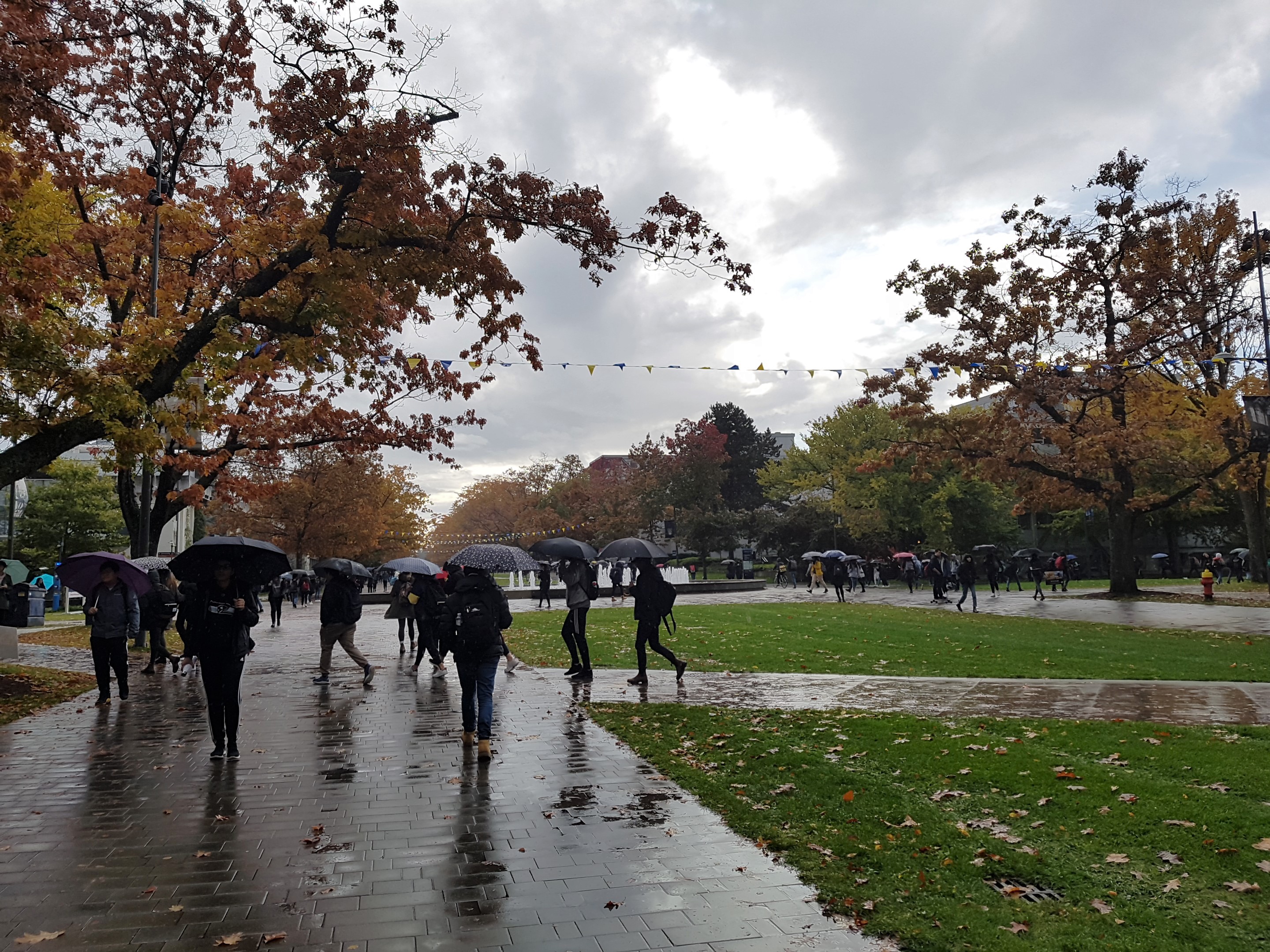
UBC Campus im Regen
© Privat
DFG: Let’s talk about your current research. Your proposal talks about “vitamin C-induced epigenomic remodelling as a preventive therapy for leukemic transformation” – which might easily be misunderstood by the non-specialist as “leukemia prevention by eating oranges.” What’s the connection here?
SG: First, the good news: yes, citrus fruits are healthy and a good source of vitamin C. This was confirmed by Linus Pauling, who was awarded the Nobel Prize in Chemistry in 1954 for his research into the nature of chemical bonds and the structure of complex substances, and who was also awarded the Nobel Peace Prize in 1963. However, in the eyes of large parts of the science community, he then got rather carried away by publicly stating that high-dose vitamin C was a way of potentially preventing or ameliorating many medical problems, including cancer. More good news is that you can hardly poison yourself with vitamin C, even with amounts beyond proverbial crates of oranges. Although vitamin C is an acid with a pH of three, when medical professionals administer it – something that is actually being tested in a number of clinical trials at the moment – our blood is very good at buffering this acidity. The bad news, however, is that Pauling’s controversial research still makes some scientists react irritably to the words “vitamin C” in combination with “cancer research” to this day. This can sometimes feel a little obstructive when trying to convince my peers of the relevance of vitamin C research.
DFG: Nevertheless, funding proposals with vitamin C in the title are not rejected by the DFG on principle. Is the magic word here “epigenetics”?
SG: Yes, although it is less a magic word than a huge field of research. In a nutshell, fortunately we human beings are not at the absolute mercy of our hereditary fate, which is encoded in our DNA as the base sequence of adenine, thymine, cytosine and guanine. Our genetic code is tightly controlled by many other factors throughout our lives, which influence if and how our genes become active at a given time and in a given cell. These factors include environmental stimuli that already impact the embryo in the womb or in childhood, toxins, medicines, infections, stimulants, nutrition or simply the aging process. For example, if you think about identical twins that share the same genotype, we can still see differences in their phenotype, some of which can be the result of epigenetic modifications or imprinting, i.e. different outcomes originating from the exact same DNA sequence. Or let’s take the musical score of Beethoven’s Fifth as another analogy: imagine you handed two identical copies of Beethoven’s score sheets to two different conductors with their respective orchestras. Whereas the score in this example represents the genome, its differing interpretations – such as how fast the Allegro con brio of the first movement is played – represents the epigenome. With all due respect to Beethoven, it turns out that molecular biology is still so much more complex than that. The field of epigenetics therefore not only looks at numerous chemical modifications on chromatin – i.e., on all the proteins that bind to DNA – but also in particular at the accumulation and turnover of methyl groups, called methylation and de-methylation of the DNA sequence itself. All these modifications occur without any changes to our genome such as mutations, and can determine the health or disease state of a cell. This is where my current research project here in Canada in Professor Martin Hirst’s working group fits in.
DFG: Ok, but we still haven’t talked about leukemia prevention yet, right?
SG: No, for that we have to go into a little more detail still: in a little under half of all patients with AML, we find genetic mutations that switch off or dampen the DNA demethylation proteins, the so-called “ten-eleven translocation” or TET proteins. This leads to extreme methyl enrichment or hypermethylation of the DNA, which then permanently suppresses the expression of important tumor-suppressor genes in the leukemia cells. In Professor Hirst’s lab, we are trying to counteract this. His team and others found that vitamin C has the ability to induce the activity of many important proteins, including the TET proteins, that are suppressed in about every second AML patient. In some preliminary experiments in the laboratory, the addition of vitamin C to leukemia cells was able to stimulate the TET-mediated DNA demethylation and resulted in a re-expression of genes so that at least inside of a culture dish, we are able to push AML cells into terminal maturation so that they slowly die off. I’m currently trying to validate this effect in a mouse model, and we are testing if vitamin C can be combined with other targeted therapeutic approaches for AML. My favourite characteristics of vitamin C are that it is not only cost-effective and freely available, but it is also well-tolerated even in absurdly high intravenous doses. As such, if it proves effective, it could replace other far more toxic demethylation therapies which are currently used in the clinic, mainly with patients who are not fit enough for chemotherapy.
DFG: Has your work yielded any initial results yet?
SG: Yes, and they were surprising. Already in my first in vivo experiments, I was able to show that the timing of vitamin C administration is critical for the progression or non-progression of transplanted leukemia cells. Early intervention prevented AML cell growth in the long term, though once the spread of AML cells reached a certain stage in the bone marrow, we were no longer able to detect any effect at all. For this reason, I’m currently focusing specifically on prevention and on the molecular mechanism that is associated with this observation. In a small patient study, the Hirst lab is also measuring the vitamin C content in the blood of newly diagnosed AML patients to find out whether they have lower vitamin C blood levels compared to healthy control subjects and we are following these patients over time.
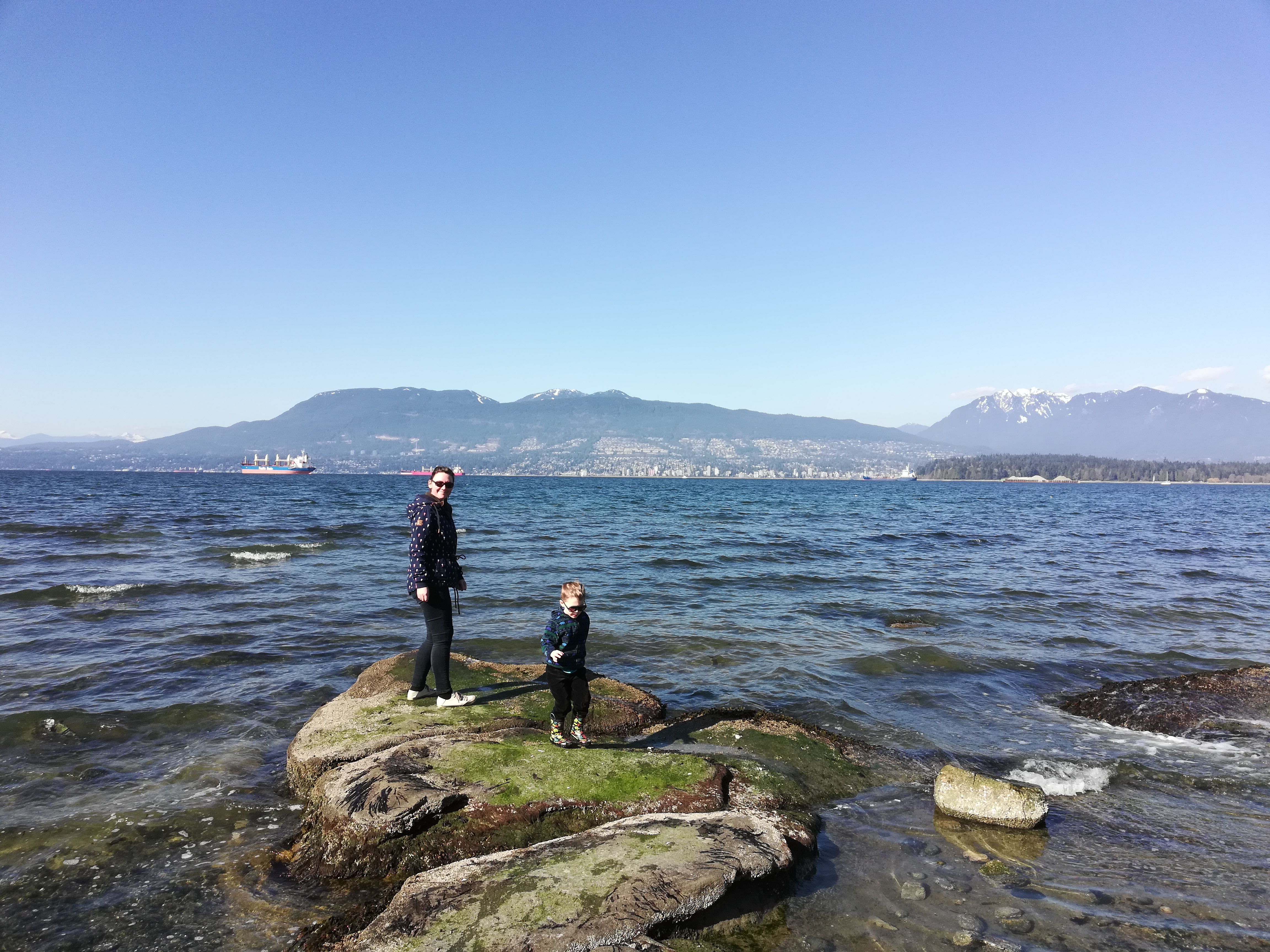
Mit Sohn am Wasser
© Privat
DFG: Here you are on the West Coast of Canada at UBC. What are the highlights for you in this location?
SG: Apart from the warmth of the Canadians and the breathtaking beauty of the landscape, two things instantly spring to mind. UBC has unique conditions for personal development and training, which is something I’m trying to soak up to the fullest, in particular pedagogy and teaching opportunities. The second point is the cost of living here in Vancouver which is perhaps comparable to the Bay Area and other North American metropolitan areas, mainly in that these places are not affordable, especially for postdocs with children who don’t (yet) have a stipend. At $1,000 to $2,000 a month for a daycare place – providing you find one – plus another $3,000 a month for the rent a a two-bedroom apartment plus an estimated $1,000 dollars or more in food costs, a UBC postdoc salary of $50,000 a year minus tax quickly evaporates or is frankly not sufficient. Thanks to my DFG fellowship and the subsidies I get for childcare and increased living costs, that is something I do not need to worry about right now. I’m incredibly grateful for this as my family and I have experienced the alternative when I started my postdoc a year before I got awarded the fellowship.
DFG: How did that come about?
SG: My first DFG proposal, based on findings from my previous PhD work, was rejected as being too risky with too little preliminary work and insufficient overlap with work of the host lab; in the second proposal for the vitamin C project, which was then formulated somewhat more conservatively and ultimately approved, I couldn’t help but smiling at a reviewer's comment: it said that the project was perhaps a little too conservative and that I should dare to take some risks to ensure the publication achieved a high impact factor.
DFG: You’re DFG funding is due to continue until autumn 2023. What happens after that?
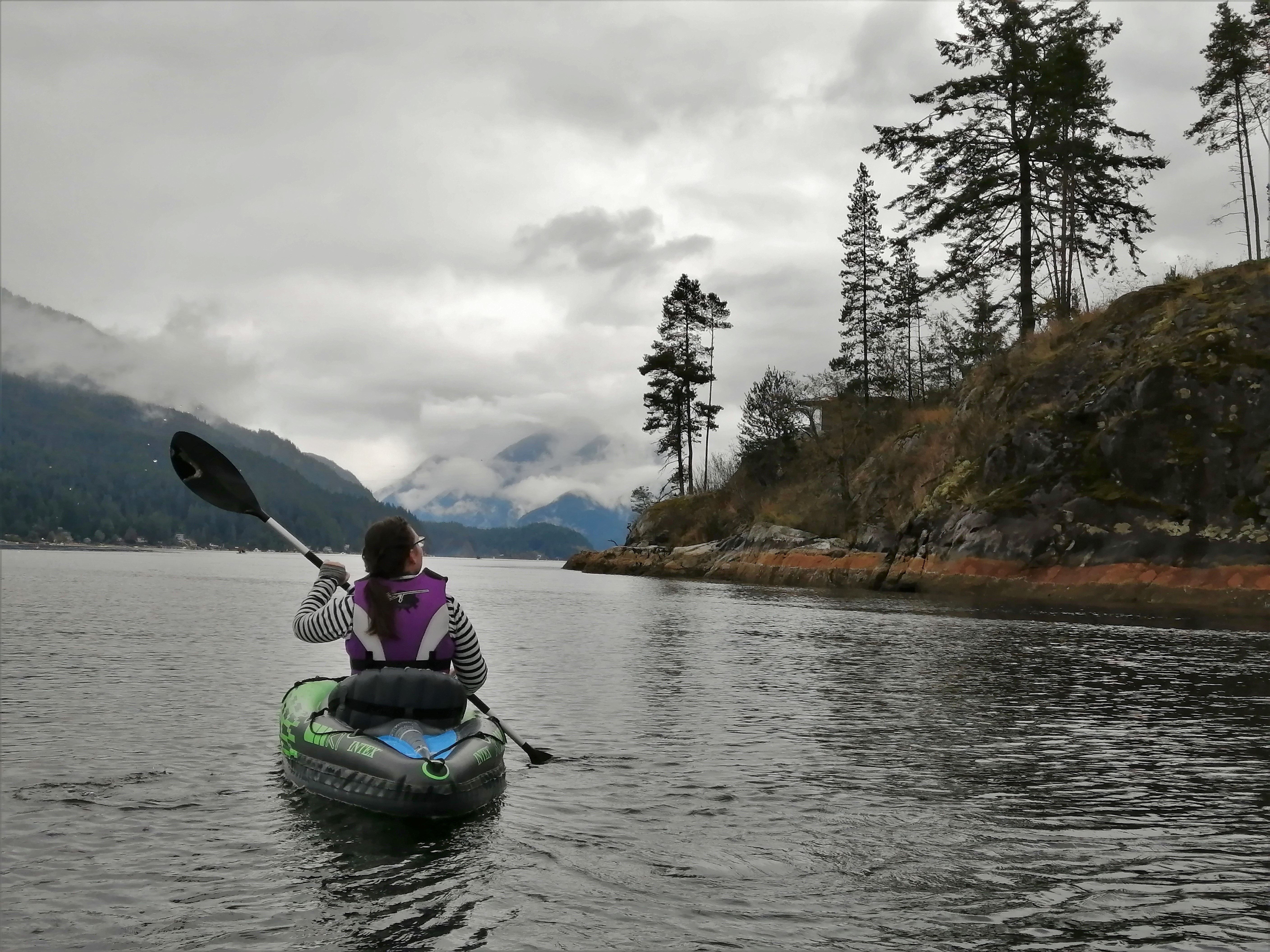
Landschaft in British Columbia
© Privat
SG: By then I’ll have gained more teaching experience and hopefully published more research. I’m still very interested in how a cell’s “epigenetic DNA fingerprints” relate to its response to vitamin C, i.e. whether certain methylation patterns make some cells sensitive to vitamin C and others resistant. The topic definitely has potential, but it probably won’t dominate my future career; my aim is to move back towards more clinically translatable questions. If it were only up to me, my plan would be to pursue either an assistant professorship here in Canada or a junior professorship in Germany, as I’ve found that I truly enjoy mentorship and teaching. But it’s not just up to me as we are a family of three. My husband has a doctorate in neuroscience: he works in industry and loves his job here in Vancouver. My son is by now less familiar with Germany than with Canada, as travel has been so restricted due to both income constraints and the pandemic. Thanks to the DFG – and because of the friendliness of the Canadians and the beauty of this country as I had already pointed out – British Columbia is still a very attractive place for us to live. But on the other hand we are such a long way away from all the grandparents. Also, job security is typically not listed in academic job descriptions, so let’s see what 2023 brings!
DFG: Yes, that’s certainly not bad advice in the contemplative run-up to the holidays. Thank you very much for the interview. We wish you all the best with your career and hope you and your family continue to enjoy happiness and good health – the latter with plenty of vitamin C, of course.